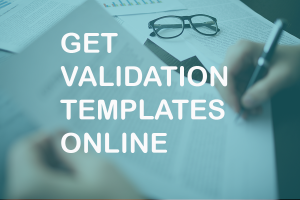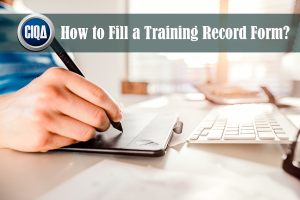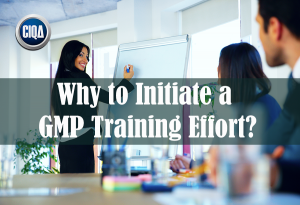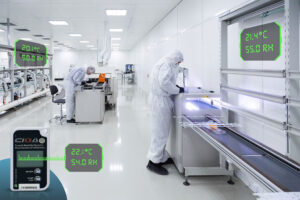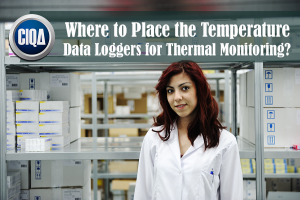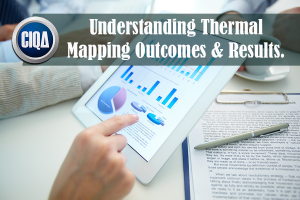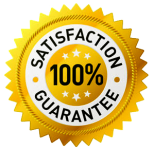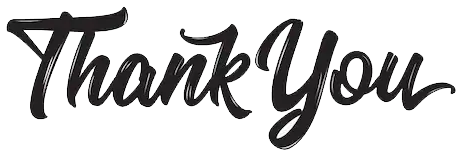
12 Mistakes to Avoid during Cleaning Validation
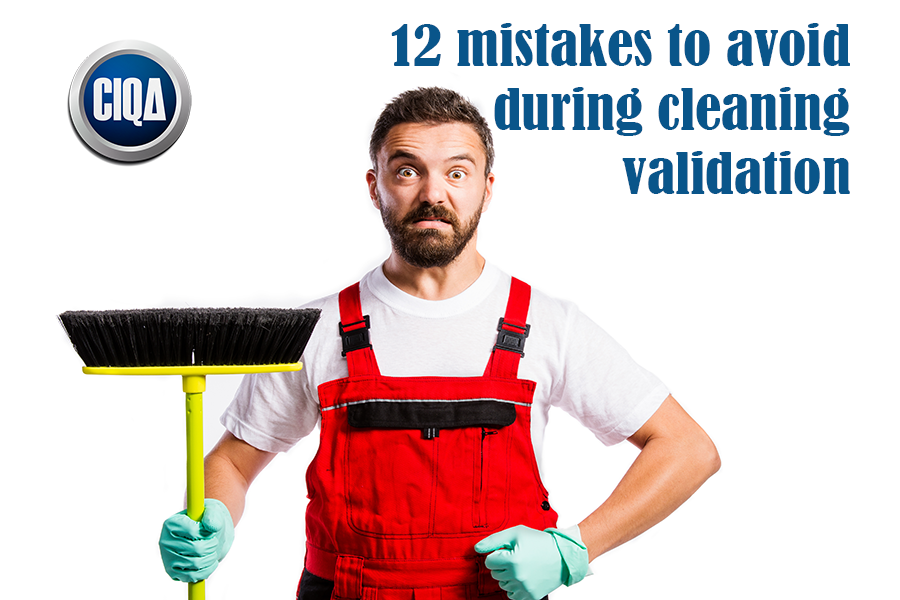
This article describes the most common mistakes to avoid during the cleaning validation study.If you are assigned to make a cleaning validation, pay attention to these 12 Mistakes to Avoid during Cleaning Validation. The design of the cleaning equipment is fundamental to obtain acceptable results.The design of equipment is the most important element to consider in cleaning process efficacy, specifically in large systems that may employ semi-automatic or fully automatic clean-in-place (CIP) systems since they represent a significant concern. 1. A good design includes sanitary type piping with sanitary ball valves. Since when non-sanitary ball valves are used, the cleaning process is more difficult. 2. Consider the knowledge of the cleaning operators in these systems and the level of training and experience in cleaning these systems. 3. Also, check the written and validated cleaning process to determine if these systems have been properly identified and validated previously. 4. Check the flow charts and piping diagrams for the identification of valves and written cleaning procedures (with special attention in larger systems), such as those employing long transfer lines or piping. 5. Inadequately identified valves, both on prints and physically, may lead to incorrect cleaning practices. Therefore, piping and valves should be tagged and easily identifiable by the operator performing the cleaning function. 6. Make sure all critical elements are considered in the documentation of the cleaning processes. For example, identify and control the length of time between the end of processing and each cleaning step. 7. The drying of residues will directly affect the efficiency of a cleaning process in particular during topicals, suspensions, and bulk drug operations. 8. Microbiological issues in the equipment cleaning should be considered in the design whether or not CIP systems are used for the cleaning of processing equipment. 9. The cleaning process design must consider preventive measures rather than removal of contamination once it has occurred. 10. Establish a good design in the routine cleaning and storage of equipment to prevent microbial proliferation. For example, equipment should be dried before storage, and under no circumstances should stagnant water be allowed to remain in equipment subsequent to cleaning operations. 11. Consider equipment sterilization or sanitization procedures after the cleaning process, where such equipment is used for sterile processing. 12. The control of the bioburden through adequate cleaning and storage of equipment is important to ensure that subsequent sterilization or sanitization procedures achieve the necessary assurance of sterility. This is also particularly important from the standpoint of the control of pyrogens in sterile processing since equipment sterilization processes may not be adequate to achieve significant inactivation or removal of pyrogens. SUBSCRIBE AND FOLLOW US TO LEARN MORE ABOUTERRORS AND MISTAKES TO AVOID DURING CLEANING VALIDATION.HOW TO WRITE A CLEANING PROCESS PROCEDURES IN 6 STEPS.THE TOP ANALYTICAL METHODS USEDPREFERRED TEST METHODSCONSIDERATIONS TO SELECT THE CORRECT TEST METHODSAMPLINGTOP CLEANING VALIDATION FACTORS AND LEVELSESTABLISHMENT OF ACCEPTABLE CRITERIASTATUTORY AND REGULATORY REQUIREMENTSFor more details on specific FDA expectations and successful cleaning validations, follow us Three (3) options to create a qualification protocol:Prevent the most common mistakes to avoid during cleaning validation. Option 1. You can create a great protocol, using a template.You can download a free sample of a validation template in .pdf format. To see the complete list of the most popular validation templates, click here. In addition, you can request a quotation to buy online a full validation template document in MS Word format that is completely editable, ready to fill, and adapt to your needs. Option 2. We can bring you a formal training on how to create your own validation protocols using our template(s).This option is recommended if you want to learn more about how to build a robust validation protocol. One of our expert(s) will provide online step-by-step training to your team (unlimited assistance) on how to build a reliable validation protocol using a template. You can improve your corporate validation procedures and policies incorporating our template sections. It includes the template, an exam, and a training certificate for each assistant. Request a quote now. Option 3. We can create a customized qualification.One of our expert(s) will create and prepare for you a customized validation protocol with the inputs and specific information of your company. It may include, online support in document creation, execution, or final reporting, Request a quote online. GET IN COMPLIANCE TODAY, CONTACT US (Hablamos Español)ReferencesPIC/S Guideline to Validation – PI -006-3 (2007) ICH Guideline Q7 “GMP for APIs Inspection Guide for Bulk Pharmaceutical Chemicals and the Biotechnology Inspection Guide httpss://www.accessdata.fda.gov/scripts/cdrh/cfdocs/cfcfr/CFRSearch.cfm?fr=225.1 httpss://www.fda.gov/validation-cleaning-processes-793 httpss://www.gmp-compliance.org/gmp-news/what-does-the-fda-expect-from-cleaning-validation-today httpss://gmpnews.net/2019/06/fda-requirements-for-cleaning-validation/ |

Ramon Cayuela, MS, BS, Chemical Engineering
CIQA President and CEO.
I've been working in validation engineering since 1992 with many multinational pharmaceutical companies. I love sharing my passion and knowledge with others. If you have any questions about anything (or just have general questions). I will be more than happy to assist you. You can count on the BEST customer service on CIQA. I go to great lengths to make sure my clients are 100% satisfied with their purchases and check emails/messages consistently throughout the day. You can rest assured that everything being sold here is as-described or your money back. I look forward to working with you!
Related Articles
Subscribe to get validation
news and free tips by email.
Need Additional Help?


